It’s been a super hot week. It was 42 degrees Celsius today, about the same yesterday, but will go down to 33 degrees tomorrow. I’ve been itching to sew, and thought it would be a good time to make some summer tops to go over the burgeorning bump.
I ran through some designs in my head, and remembered this Vogue Patterns Anna Sui V2850 top which I fell in love with some time ago and decided that it would be perfect converted into a maternity top.

I love the version with the neck flounce. I had a black, loose weave, chiffon-like polyester material in my stash that I bought from Spotlight just for it.
As usual, I drafted my own pattern. Unfortunately, I didn’t take any drafting or construction pictures (it was too hot and I was lazy…) The pattern had to be quick and easy, with lots of room for the baby bump. I didn’t want any darts or closures, so it had to fit over my head easily, but not gape at the neckline. I didn’t really follow the technical stylelines of the Vogue pattern. It was primarily the neck flounce that I wanted to copy.
When I got to work with the fabric, I decided to take it slow, and handsew. It was extremely unstable, stretching everywhere because of its loose weave. The fabric had to be underlined with something, but I didn’t have anything suitable, since the fabric had a bit of stretch. The only thing I had on hand was a red tricot, so I used that. I quite like the effect of the black on the red. The tricot is a bit shiny, but is toned down under the black chiffon, so it looks rather sneakingly snazzy.
It was a good thing I decided to handsew the tricot underlining to the chiffon. It stabilised it, so I was able to eliminate facings on the neckline and armhole. After all the seams were handsewn, I overlocked the edges with a 4-thread overlock. And neck flounce and hemlines are roll hemmed.

This top came together very quickly because there was no darts, no facings, no closures. I’m really pleased with this top. Here’s a couple more views.


I like it with or without the belt. And it looks quite like the Vogue one I think.
Because this one came so easily together, I decided to use up some other fabric in my stash on this same patter, but with different sleeves. My mum had brought over some nice summery fabrics from Malaysia, and I thought they’d be perfect.
I sketched some designs with the same bodice pattern, but with different sleeves, and decided to cut out two garments at once to save time. I made one with a circular sleeve flounce, and one with a triple cap sleeve.

This one is a very light polyester print with a raised texture, similar to a seersucker. I love how the sleeves came out.

The sleeve flounce was roll-hemmed, and the neckline bias-bound.
 I used the Banded V-Neck on Woven Fabric technique described in Lynda Maynard’s The Dressmaker’s Handbook of Couture Sewing Techniques. I’ve fallen in love with bias bound finishes. I used to think that it was really hard to cut bias strips out without a rotary cutter and mat, but I actually do them quite well just with scissors. And I also used to think that it was fiddly to bind an opening, compared to sewing in a facing, but I have to say that bias bound finishes are so much neater than a facing, doesn’t flip up, and they just look so good. I’ve been using them on everything lately.
I used the Banded V-Neck on Woven Fabric technique described in Lynda Maynard’s The Dressmaker’s Handbook of Couture Sewing Techniques. I’ve fallen in love with bias bound finishes. I used to think that it was really hard to cut bias strips out without a rotary cutter and mat, but I actually do them quite well just with scissors. And I also used to think that it was fiddly to bind an opening, compared to sewing in a facing, but I have to say that bias bound finishes are so much neater than a facing, doesn’t flip up, and they just look so good. I’ve been using them on everything lately.
This is the third top I made.



I really like this one too. I’ve been wanting to try out the triple sleeve effect on something. Looks pretty cute. Without the belt, it’s quite casual, but I love both looks. Again, I used self-bias binding on the neckline, and the the lower armhole.


Three tops in a week is my best sewing record to date. I love quick projects! (Ones that turn out all right.)
I’m probably going to make more maternity tops with this pattern, since it’s so easy, and quite the TNT (tried and true) pattern. I’ll just have to think up some different neckline and sleeve treatments to make them all distinctive.
I’m not sure which is my favourite top-Wyld Man can’t decide either. Which one do you like best?
Incidentally, I didn’t finished roll-hemming my black top till after the two others were done. When I did the neck flounce, my overlocker needle broke, and now my overlocker won’t sew properly anymore. Boohoo….I’ll have to send it away for a lookover. Hopefully that won’t take too long and I can get some more tops done soon!
Also, I’m moving blogs soon to www.allthewyldthings.blogspot.com. WordPress is good, but they do restrict Java-based widgets, which I find limiting. Blogger gives you more freedom. I’ll be double-posting here in the mean time while I get the new blog up and moving. It’s not complete yet, but do tell me what you think of the new blog.
Edited on 1/12/2014: I’ve published maternity and nursing patterns on Craftsy! Be sure to check them out!










































































































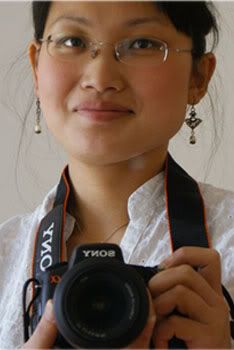
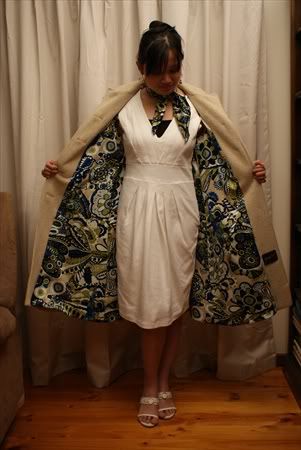
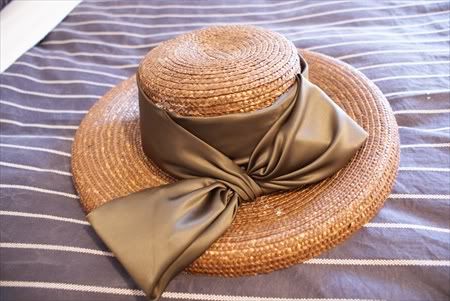
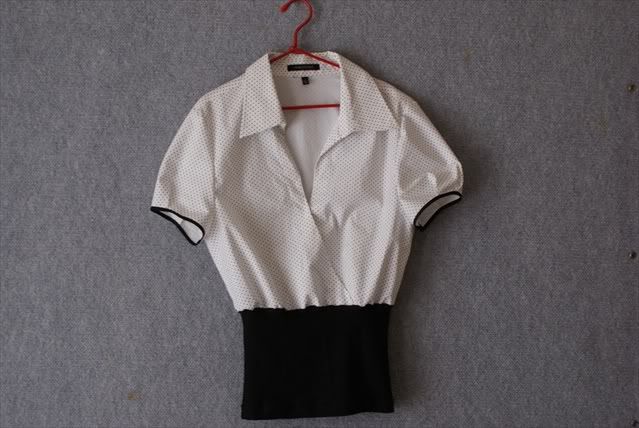
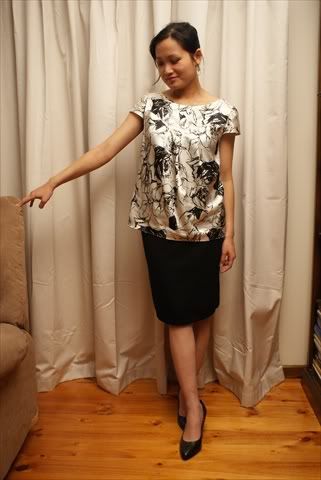
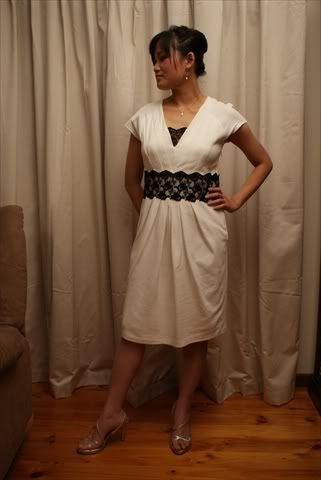
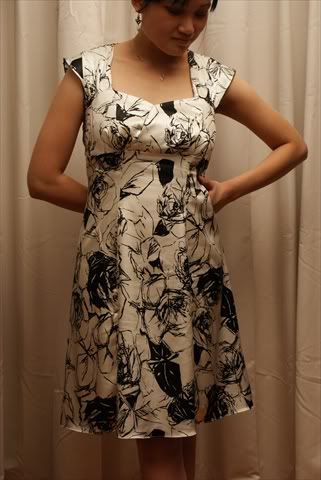
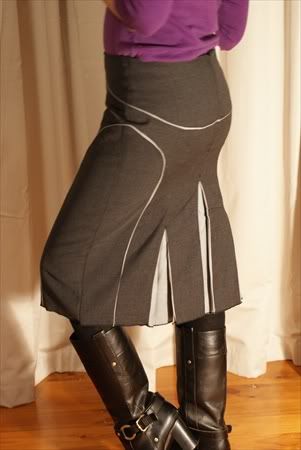
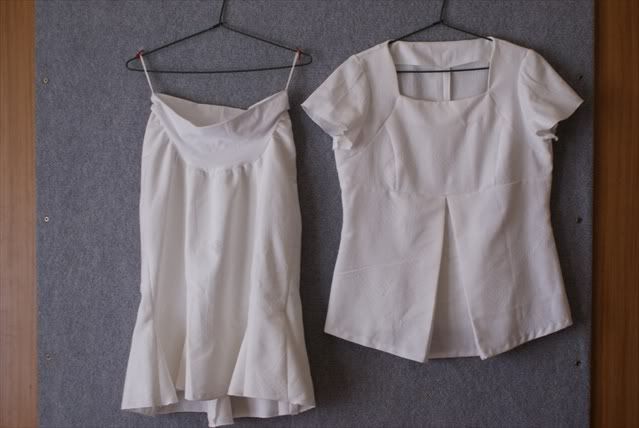
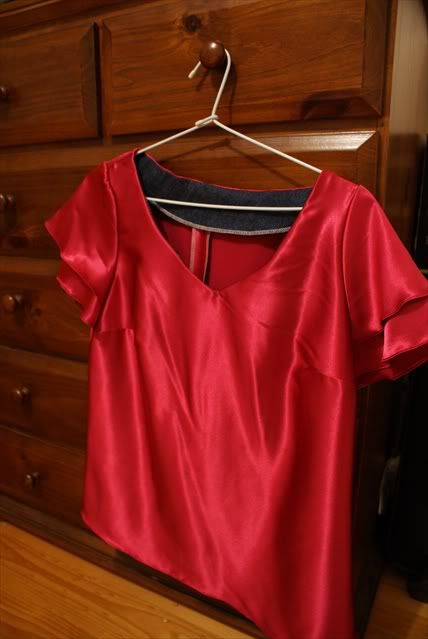
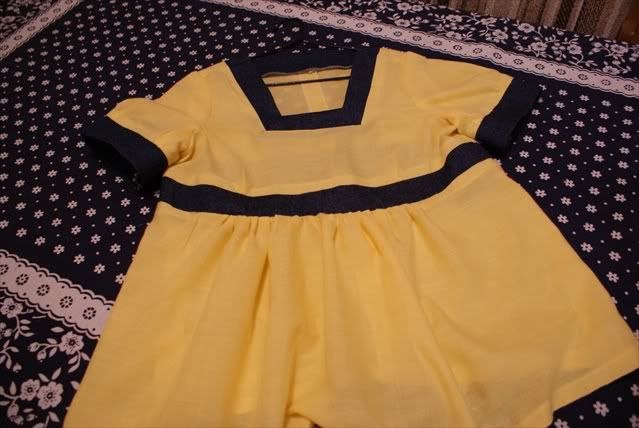
Recent Comments